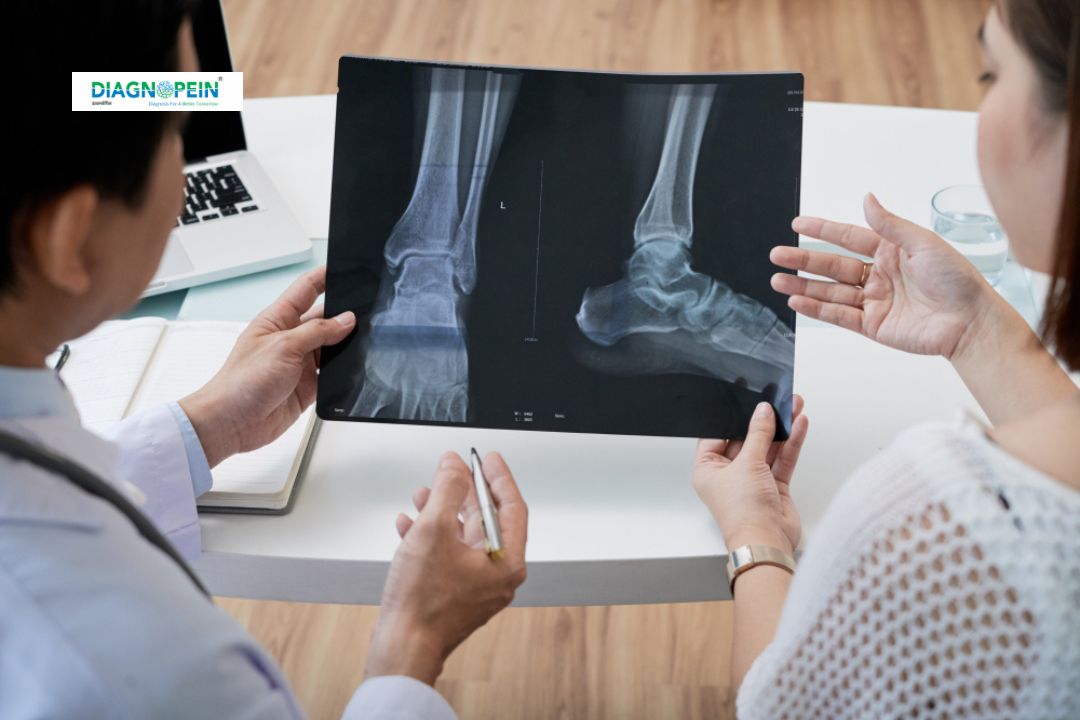Why MRI Knee Both Joints – With Contrast with Sialography is Important
MRI of both knees using contrast helps in precisely detecting:
-
Ligament, tendon, or meniscus injuries
-
Early cartilage wear and osteoarthritis
-
Bone marrow edema, cysts, or avascular necrosis
-
Intra-articular fluid or synovial hypertrophy
-
Infection or abscess formation within the joint
Adding sialography provides valuable insight into salivary gland function and structure, which can reveal:
-
Blockages or stones in the salivary ducts
-
Gland swelling or inflammation
-
Damage caused by autoimmune diseases
This dual approach enhances diagnostic accuracy, helping doctors link knee joint symptoms with systemic issues, making it essential for conditions where musculoskeletal and glandular findings are interrelated.
Benefits of MRI Knee Both Joints – With Contrast with Sialography
MRI Knee Both Joints – With Contrast with Sialography provides several clinical benefits:
-
High-resolution visualization of muscles, ligaments, tendons, and cartilage
-
Early diagnosis of degenerative and inflammatory changes
-
Detection of complex joint pathologies that may not appear on X-ray or ultrasound
-
Enhanced contrast imaging for differentiation between normal and diseased tissues
-
Comprehensive view of connected joint and glandular disorders
-
No ionizing radiation, making it safe for repeated monitoring
This test is particularly beneficial for patients with chronic knee pain, autoimmune disorders, trauma history, or suspected soft-tissue injuries.
How the MRI Knee Both Joints – With Contrast with Sialography Test is Done
The procedure is safe, painless, and performed under supervision by trained radiology professionals. Here’s how it is typically done:
-
Preparation
The patient is advised to remove all metallic items and may need to fast for a few hours. Medical history and allergies to contrast materials are reviewed.
-
Contrast Injection
A gadolinium-based contrast agent is injected intravenously to enhance the MRI scan images. This contrast helps in highlighting inflamed or pathological tissues.
-
MRI Scanning
The patient lies on the MRI bed, which moves into the scanner. Imaging of both knees is performed in multiple planes, capturing detailed images of cartilage, ligaments, tendons, and bones.
-
Sialography
A separate evaluation of the salivary glands is done using a small injection of contrast dye into the salivary ducts. X-ray or MRI sequences capture the duct structure and flow pattern.
-
Completion and Reporting
The entire procedure generally lasts 45–60 minutes. A detailed report is prepared by a radiologist and shared with the referring physician.
MRI Knee Both Joints with Sialography - Scan Parameters
Typical scan parameters include:
-
Magnetic strength: 1.5T or 3T
-
Sequences: T1, T2, FLAIR, PD, Gradient Echo
-
Slice thickness: 3–4 mm
-
Field of view: Covers both knees simultaneously
-
Contrast agent: Gadolinium-based IV contrast
-
Additional sequences: Fat-suppressed and post-contrast imaging for enhanced clarity
These parameters ensure optimal visibility of joint structures and glandular anatomy for precise diagnosis.








